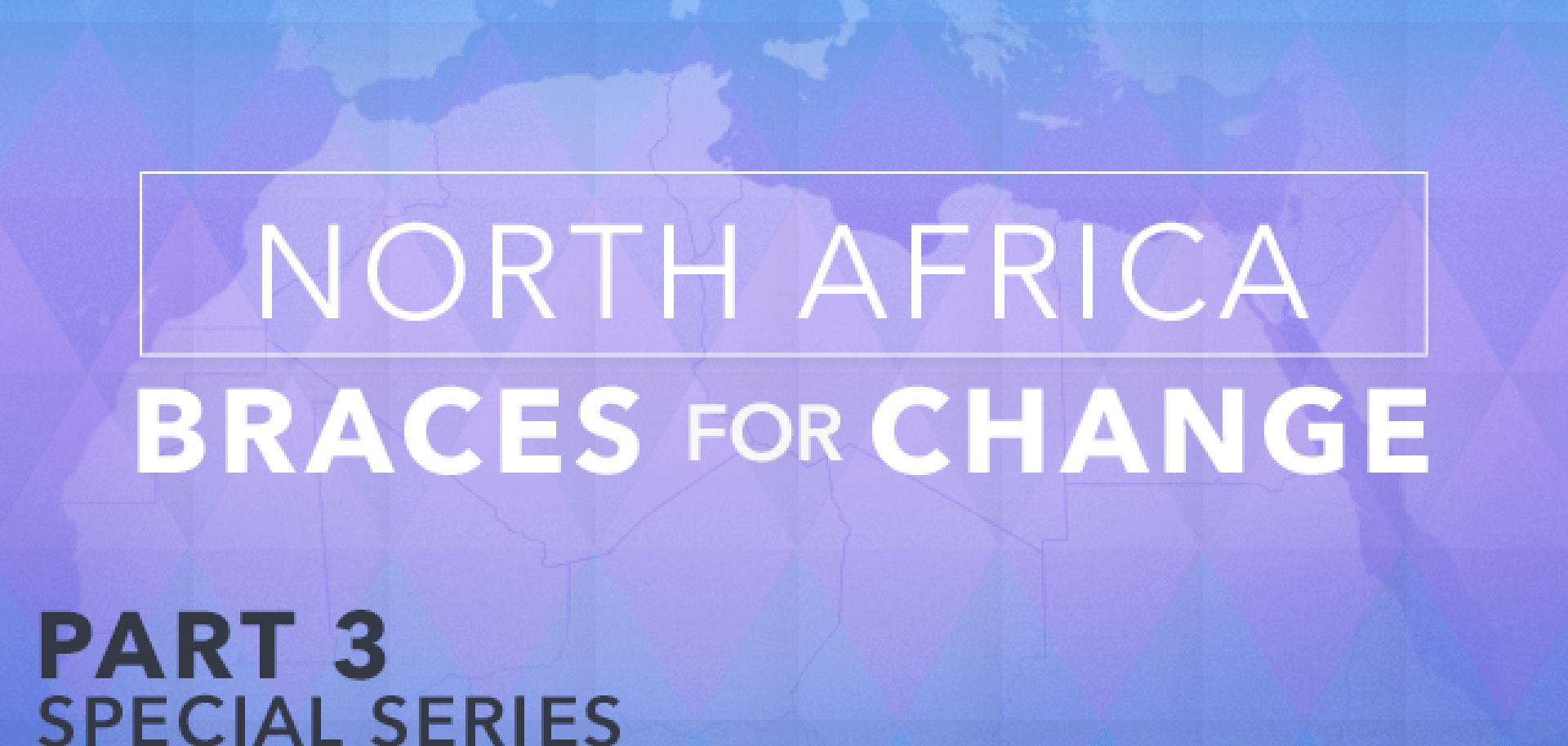ASSESSMENTS
Libya's Instability Threatens Regional Borderlands
Mar 19, 2014 | 09:00 GMT

Summary
Editor's Note: The following is the third installment of a series examining the geographic, political and security challenges facing North Africa.
Libya's desert geography flows smoothly beyond its artificial, post-colonial borders. Poorly demarcated boundaries give way to broad swathes of desert that extend seamlessly into Tunisia, Algeria, Niger, Chad, Egypt and Sudan. After a relatively idiosyncratic few decades of strong centralized authority under former leader Moammar Gadhafi's Libyan Arab Jamahiriya government, Libya is poised to return to its previous status as a collection of local authorities loosely organized by a weak and distant central government in Tripoli.
This kind of existence for Libya — once an accepted reality in this part of the world — now bears significant risks for North Africa and beyond. Libya now forms a central node connecting a vast network of organized crime, smuggling routes and militant flows that stretches for thousands of miles, from the Maghreb through the Sahel and to Egypt and beyond. In Libya, routes from the Atlantic coastlines of Morocco and Mauritania in northwest Africa intersect with routes crossing the Sahel, bridging neighboring states along the Mediterranean and extending to the Red Sea, the Levant and the Arabian Peninsula. While the Libyan government and many of its myriad armed groups are focused on domestic competition, Libya's vast territory will continue to be open for a variety of illicit activities undermining the security and stability of the country's borderlands.
Subscribe Now
SubscribeAlready have an account?
